Leonardo's Notebooks.Leonardo da Vinci's notebooks are some of the most remarkable documents in the history of human civilization. They contain a wealth of information on a wide array of subjects including art, anatomy, engineering, astronomy, and more. Da Vinci's notebooks are filled with sketches, diagrams, observations, and writings that offer insights into his genius and his approach to understanding the world around him.
These notebooks are not just artistic or scientific documents but also serve as a window into the mind of one of the greatest polymaths of all time. Da Vinci's interdisciplinary approach to knowledge and his insatiable curiosity are evident throughout his notebooks. Many of Leonardo da Vinci's notebooks have been preserved and are housed in various museums and collections around the world. They continue to be studied by scholars and admired by people interested in the life and work of this extraordinary Renaissance figure.
0 Comments
Show Your Work! by Austin Kleon!In his New York Times bestseller Steal Like an Artist, Austin Kleon showed readers how to unleash their creativity by "stealing" from other influencers and the Shaker community. Now, in an even more forward-looking and much-needed book, he shows us how to take the crucial next step in our creative journey: becoming known. I think this is a book that provides concrete methods and motivation for artists on how to build their brand image and make a living through painting. Where do you get your inspiration? What things do you want to fill your head with? What do you read? Where are you registered? What are your favorite sites? What music do you listen to? What movies do you watch? Do you appreciate art? What do you collect? What do you collect in your scrapbook? What did you put on the cork memo board in front of your desk? What did you put on the refrigerator? What kind of work did the person you admire leave behind? Do you have a hero in your heart? Who do you follow online? Who is an active person in your field that you admire?
It's worth sharing what has influenced you. Because it gives people a clue about who you are, what you do, and sometimes even more than that. Free Calligraphy generatorMaking a Book coverBleed means that when image elements such as pictures or lines fill up (part of) the board surface without margins, the editing area is set larger than the board surface, keeping in mind that they will be cut off during the cutting process. In simple terms, you can think of it as a negative margin. If the bleed is not held and matched to the board surface, an error in the cutting process may cause a completely unintended band on the edge. Trim refers to cutting out a part of a picture or photo to fit the printing surface. Therefore, the bleed size is the size that was edited by making it larger than the actual board with the possibility of being cut off, and the trim size refers to the size of the actual board that remains when the part to be cut is cut to fit the board. Bleeding is meaningless if you edit with a blank space without any editing elements to fill it up without a blank space. You can edit according to the trim size, which is the actual plate surface. In the case of coloring or picture books, the edge arrangement, or with bleed setting, is common because the image often fills the entire page of the book. Here is the examples for making book covers! |
Myungja Anna KohArtist Categories
All
Archives
July 2024
|
Proudly powered by Weebly

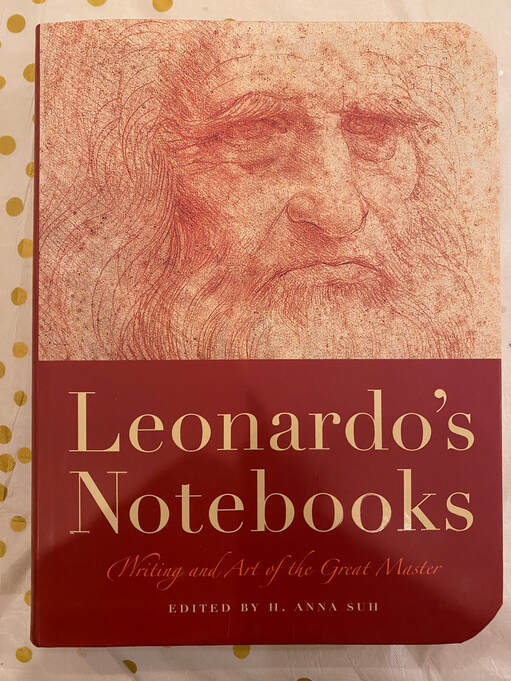
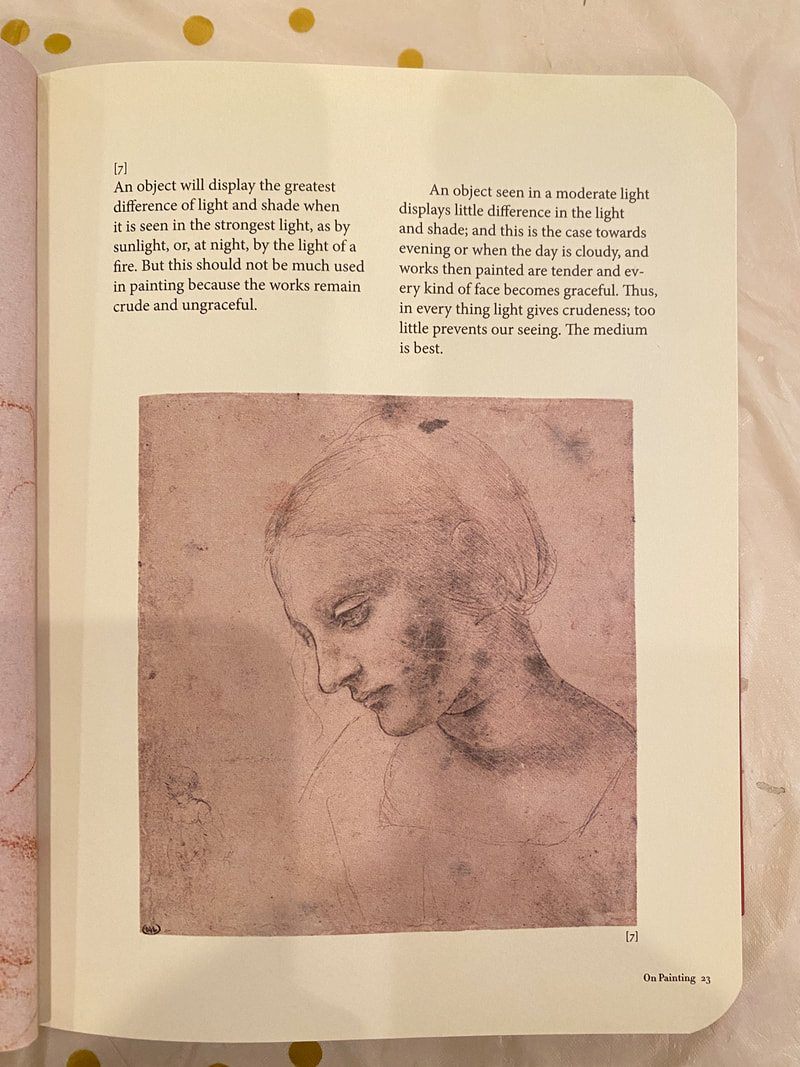
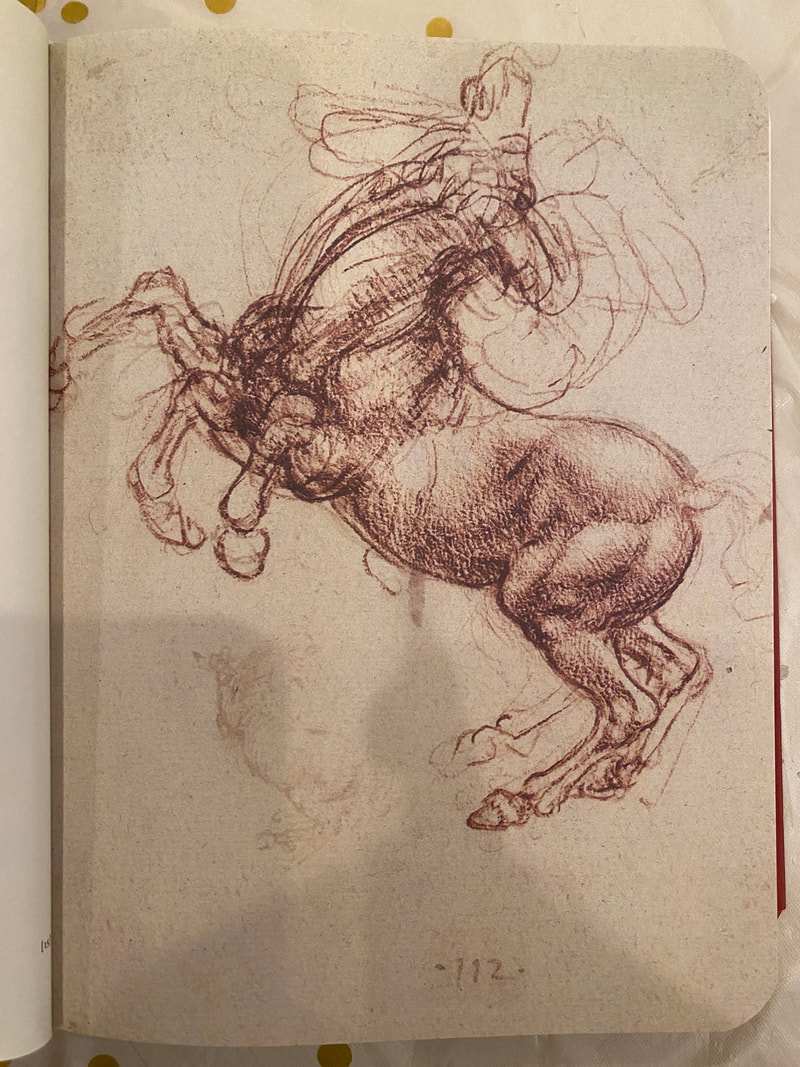

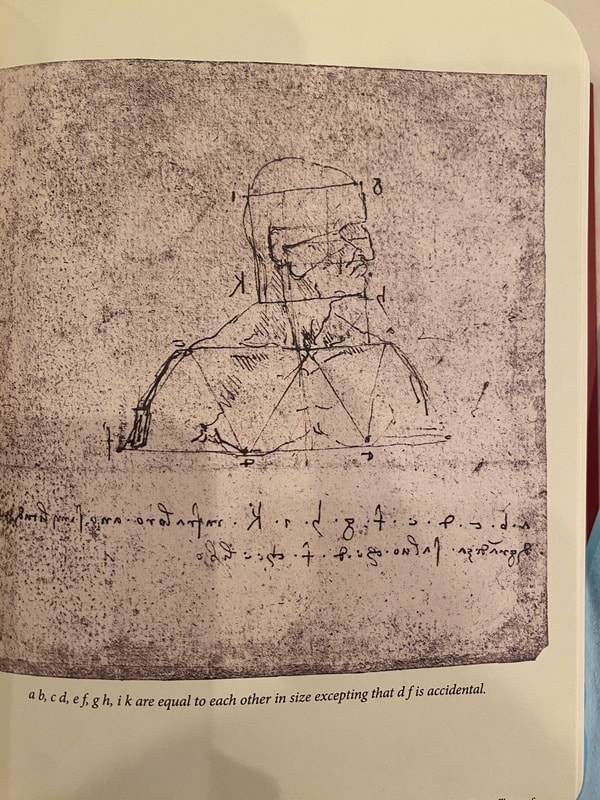
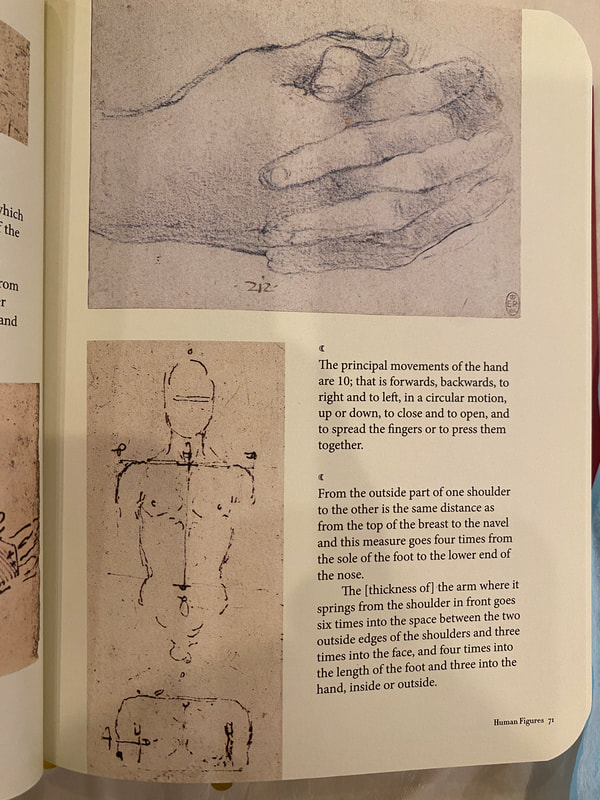
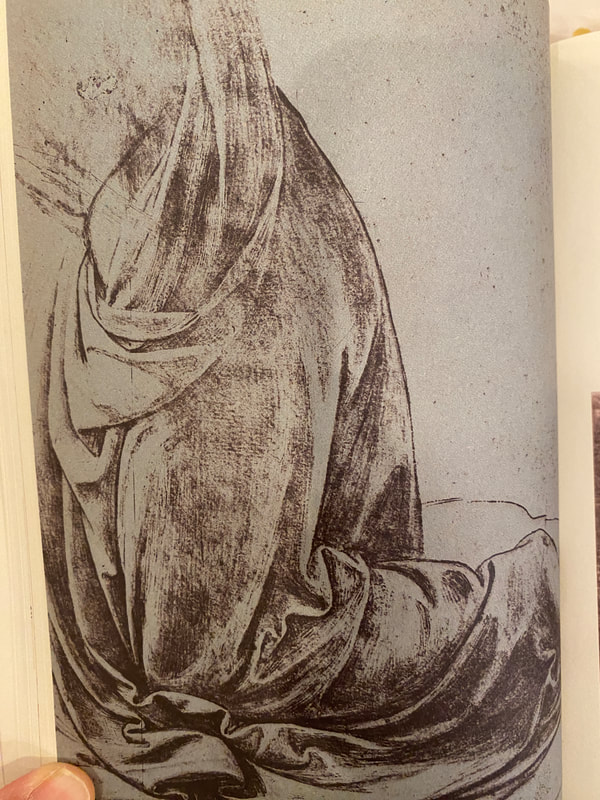
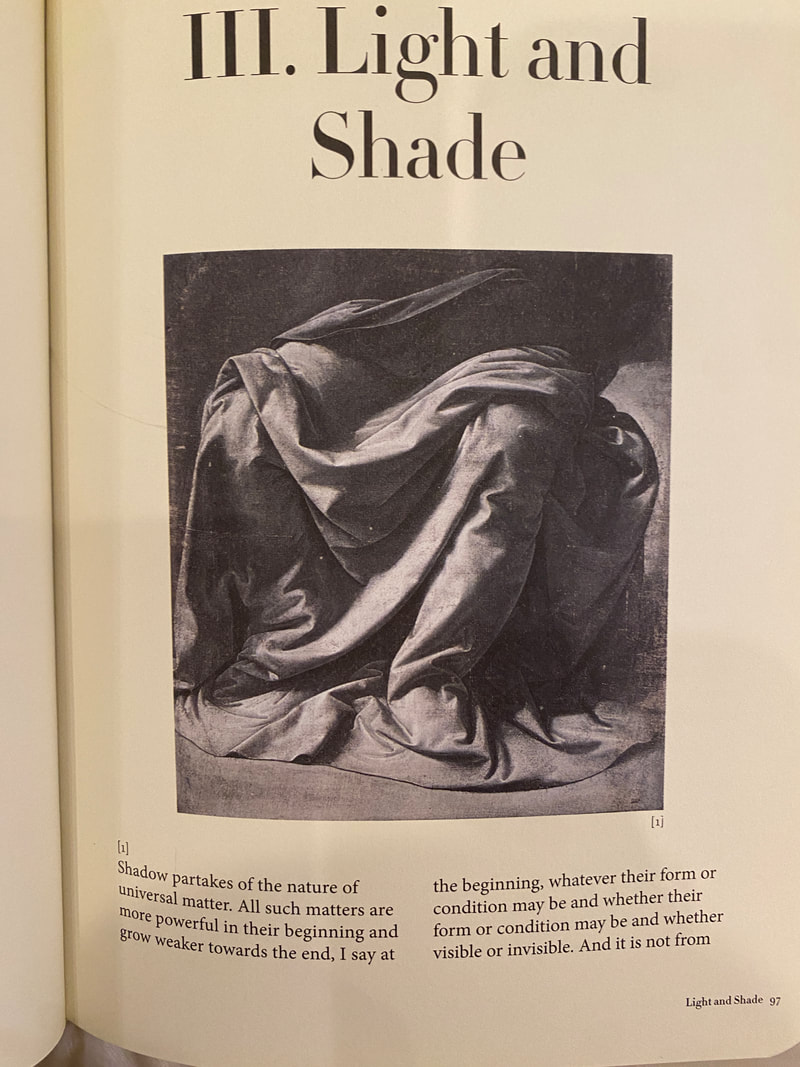
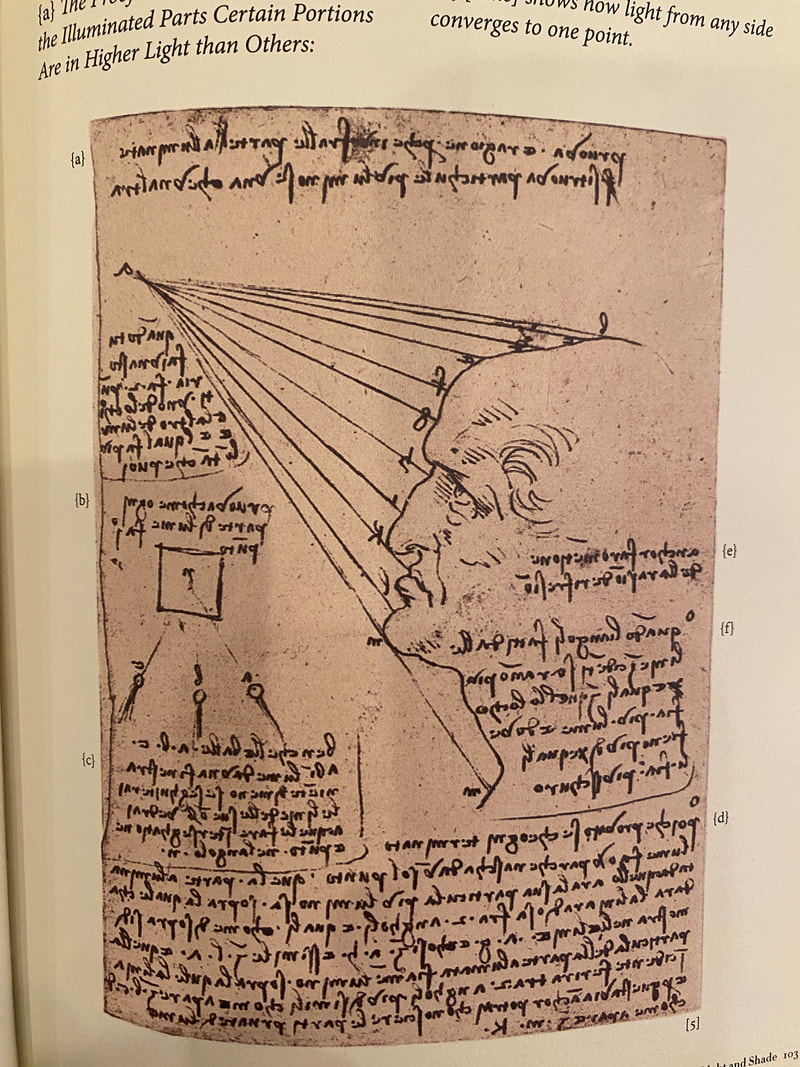
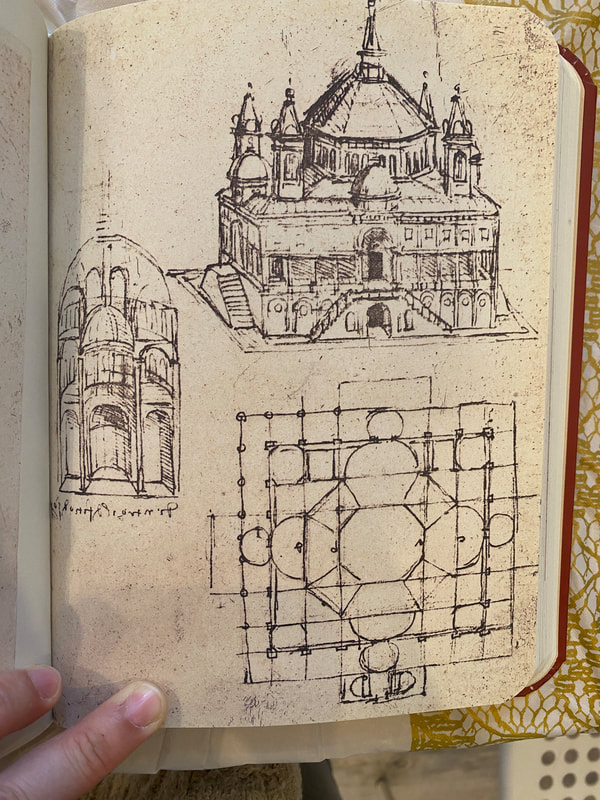
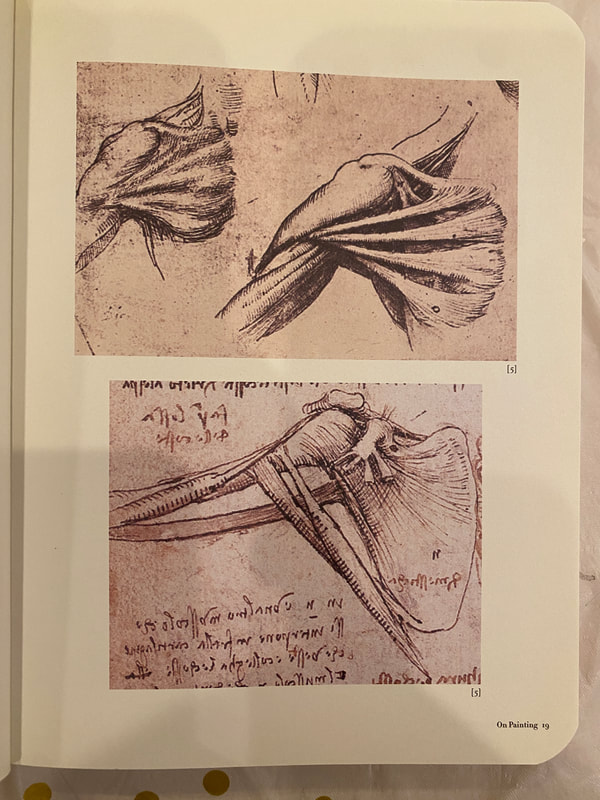
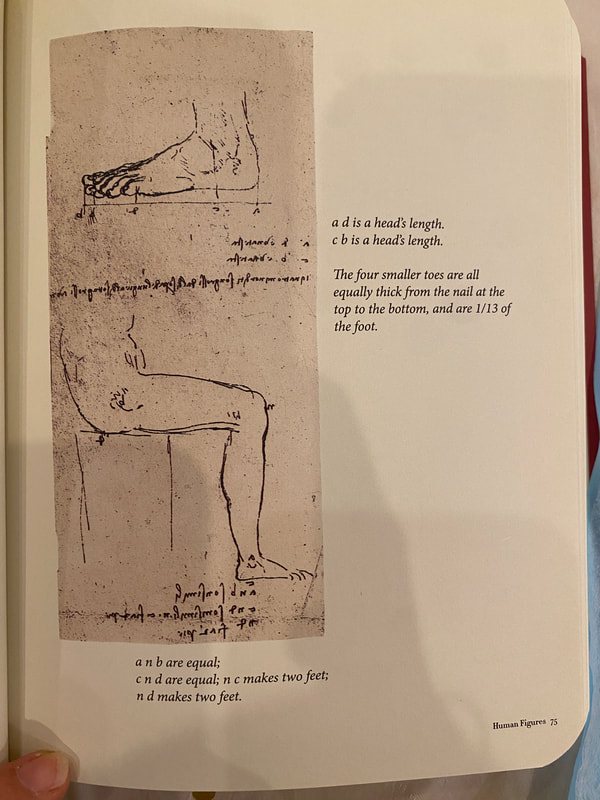
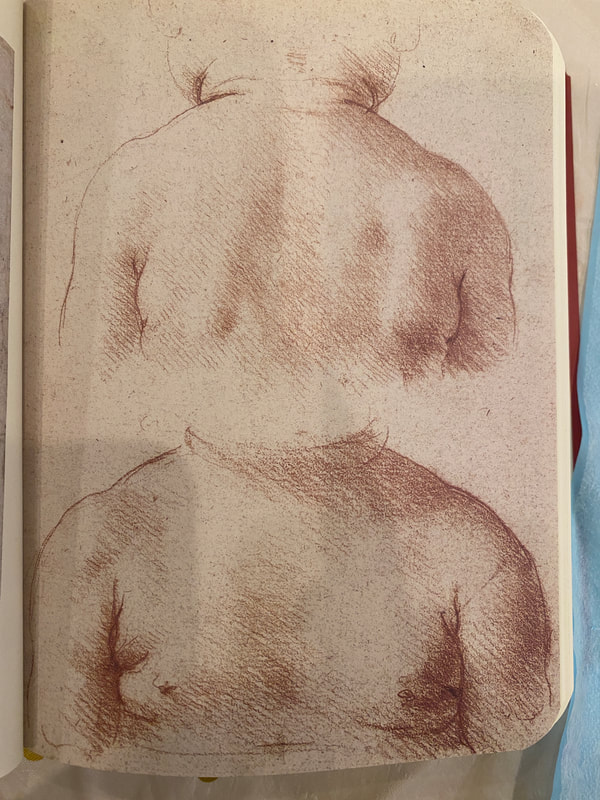
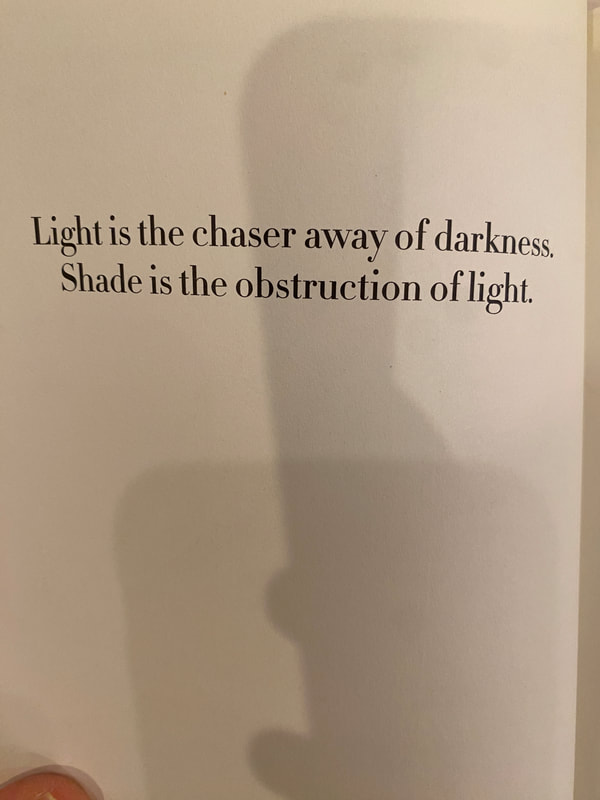
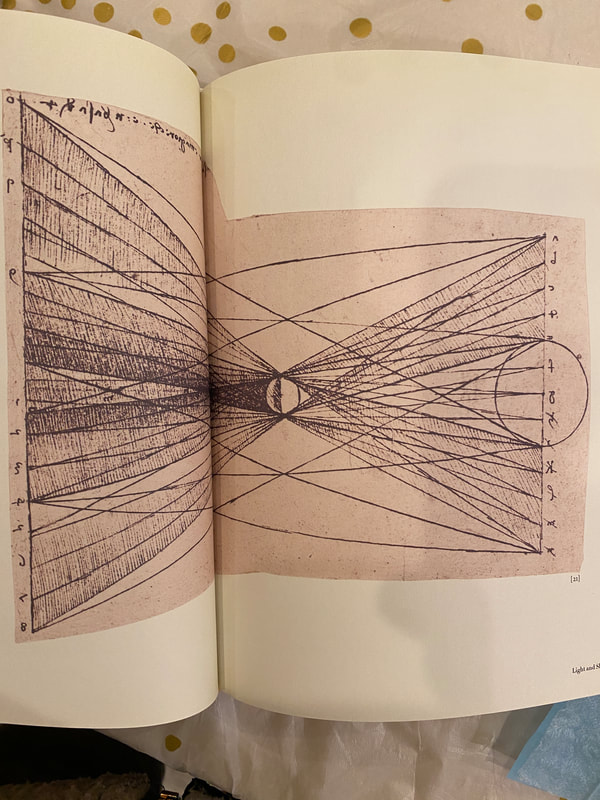
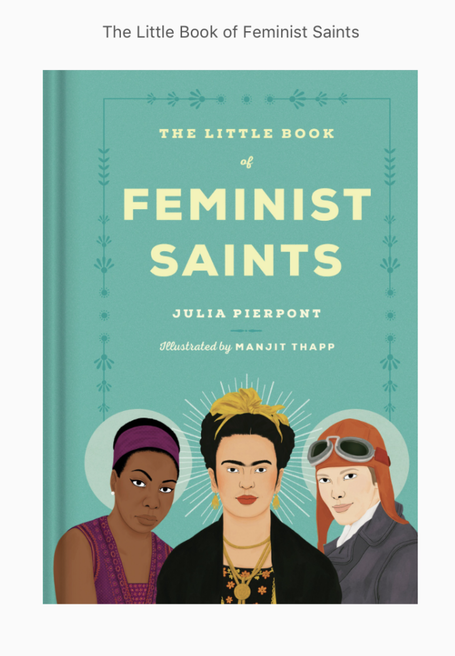
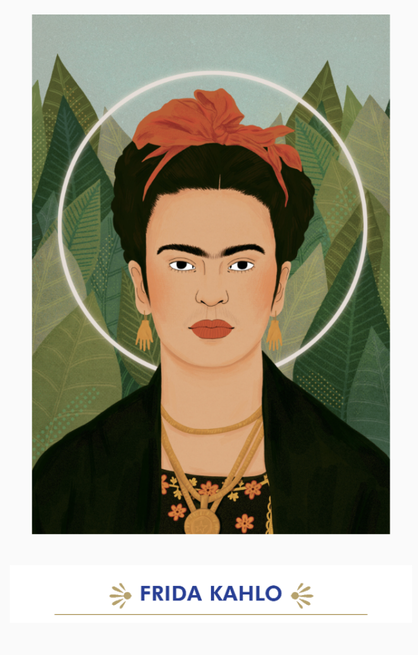
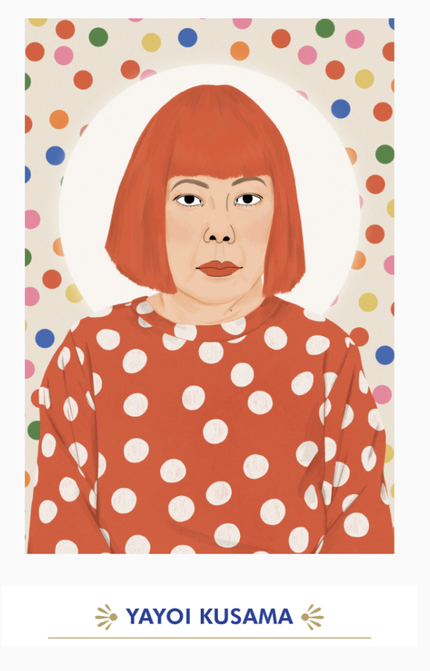
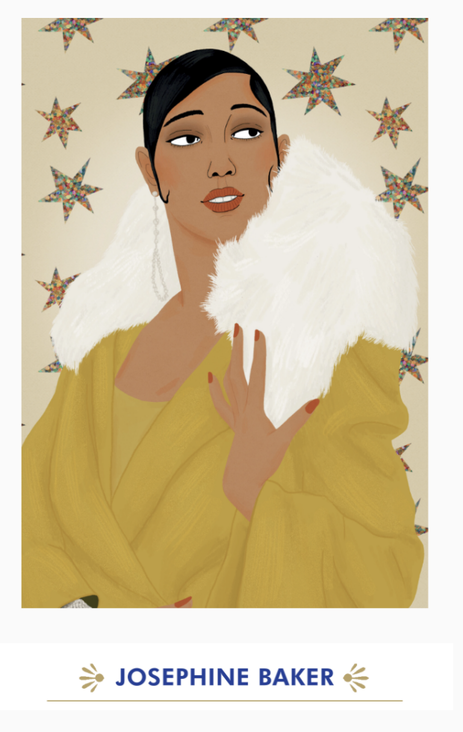
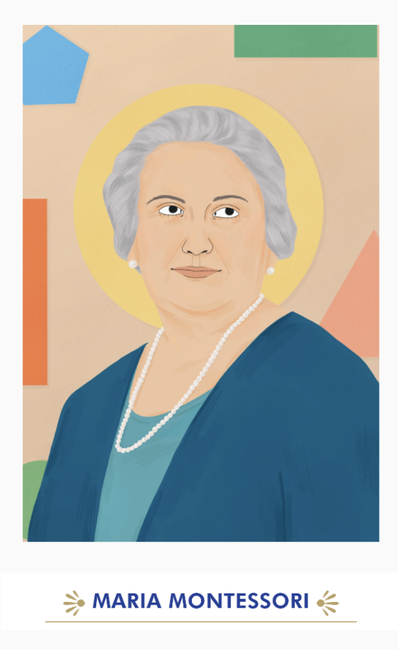
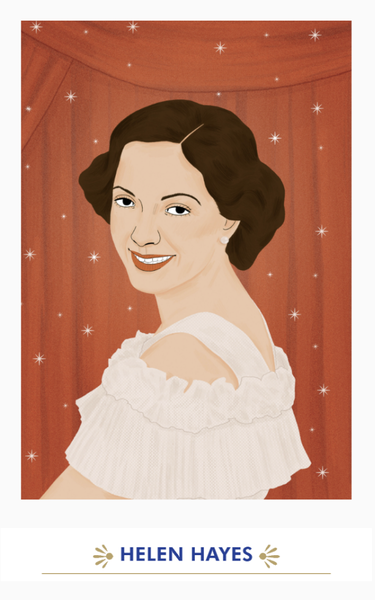
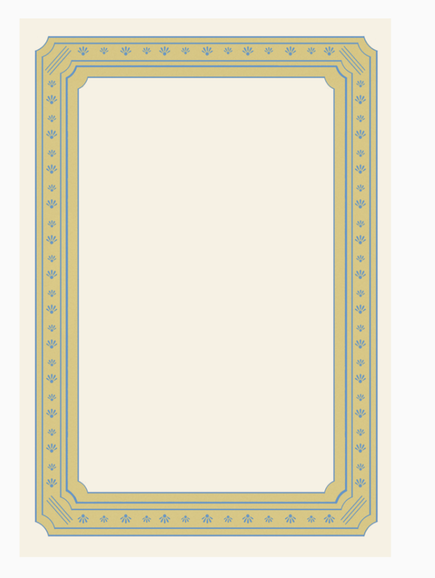
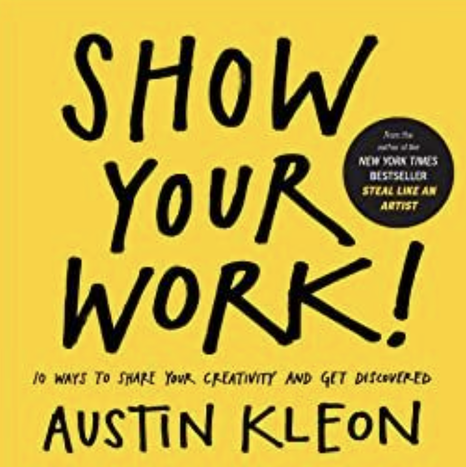
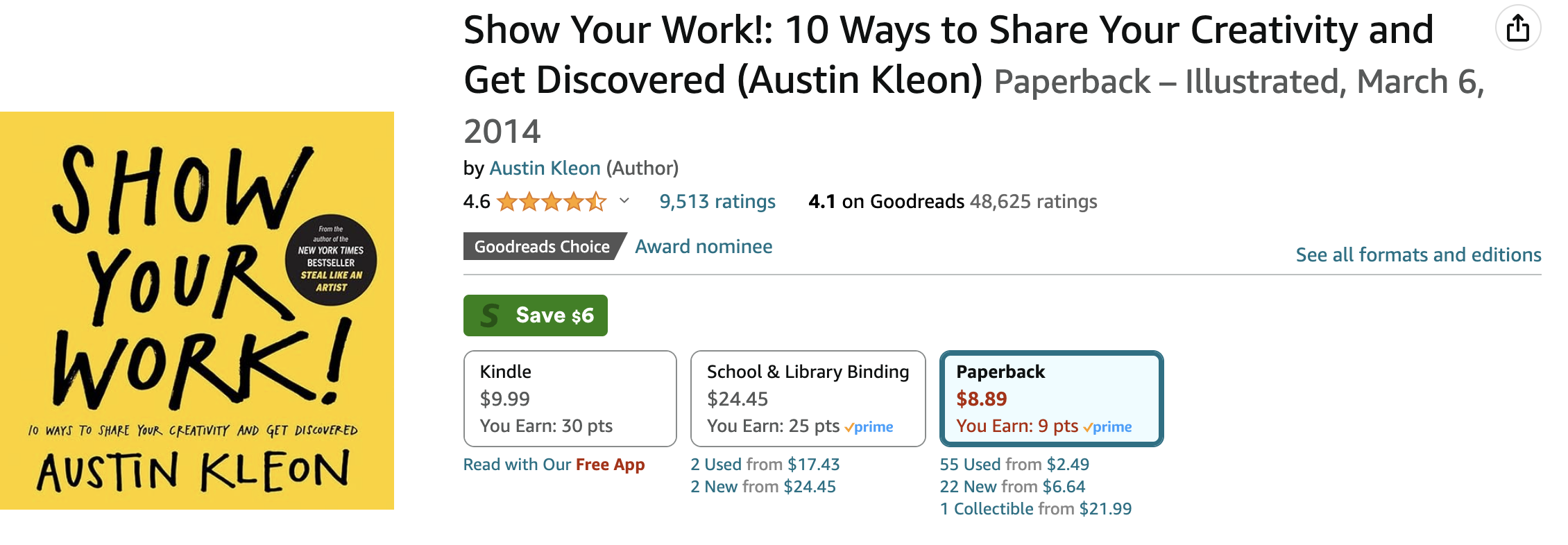
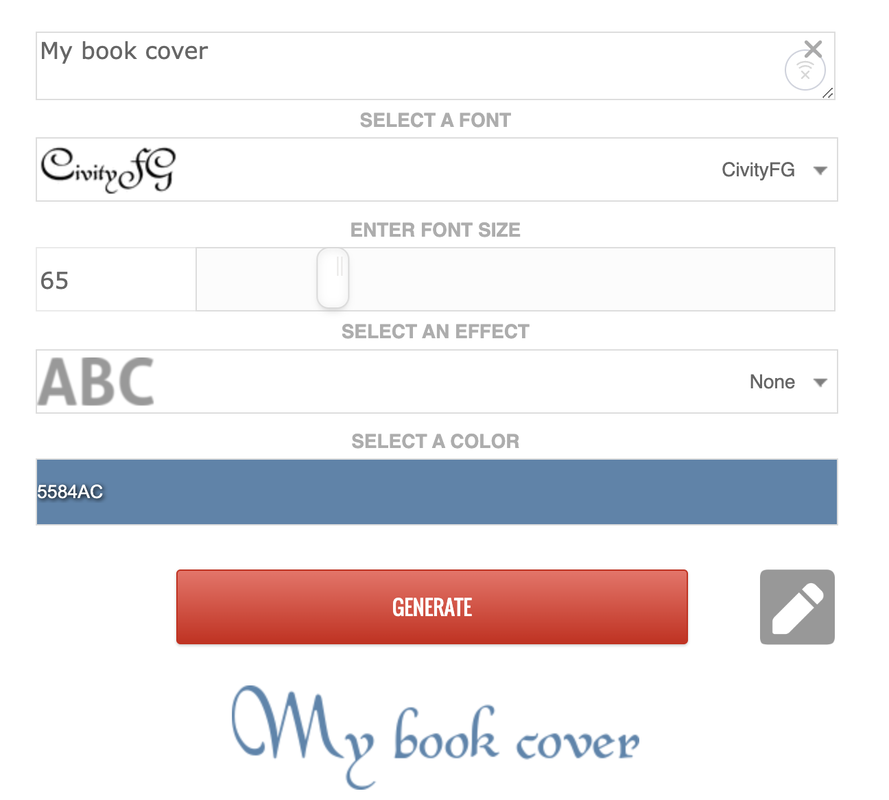
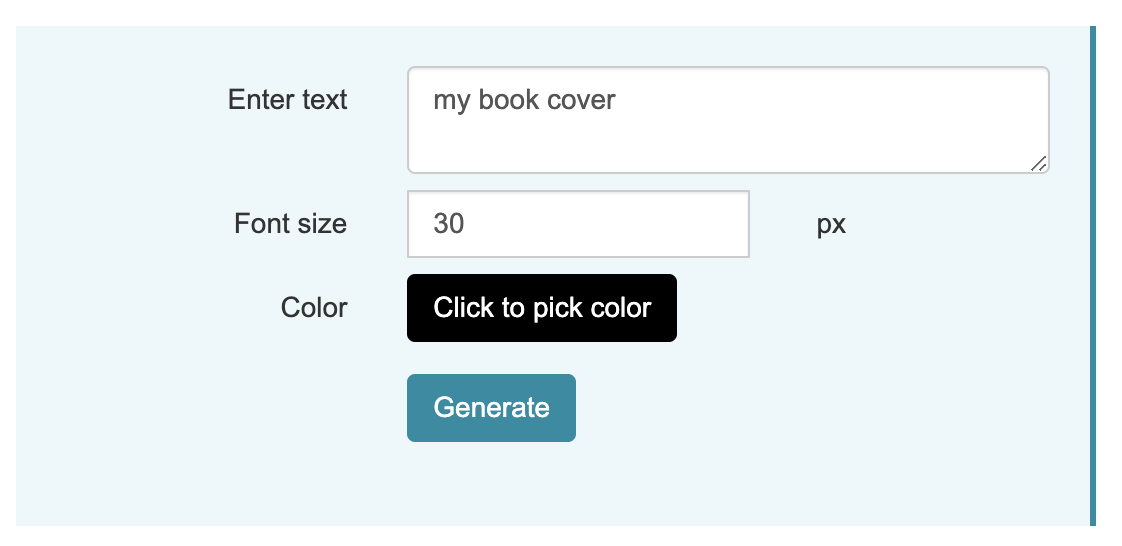

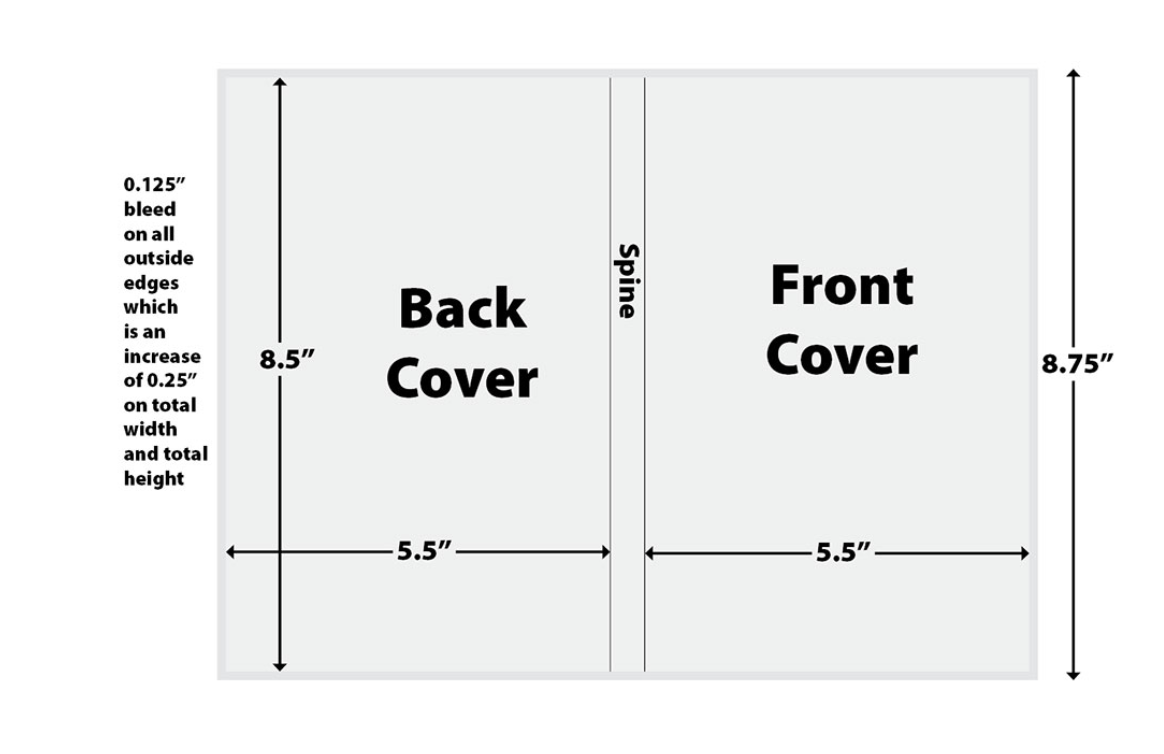
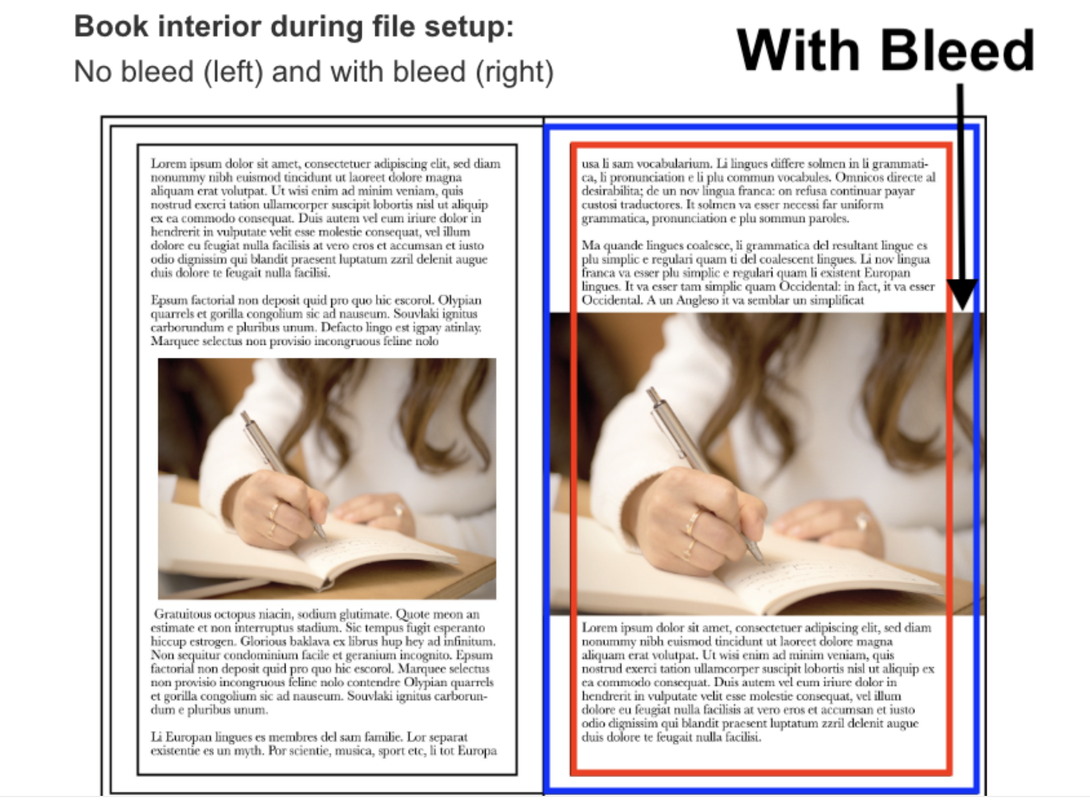
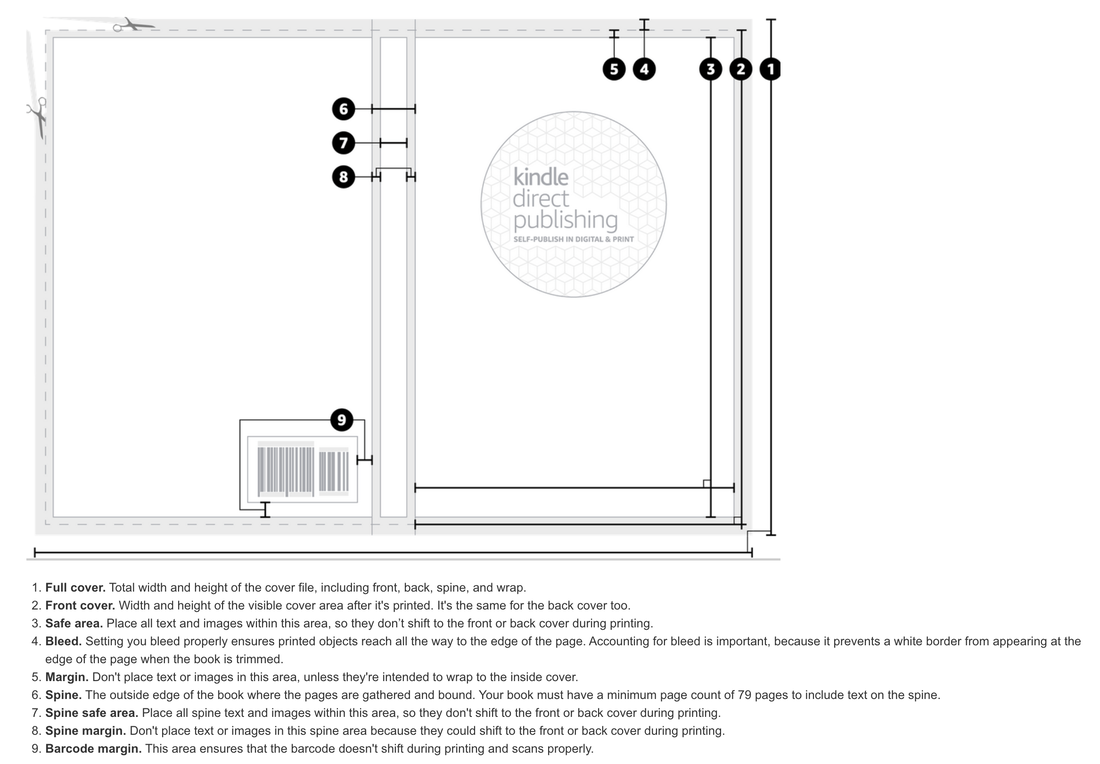
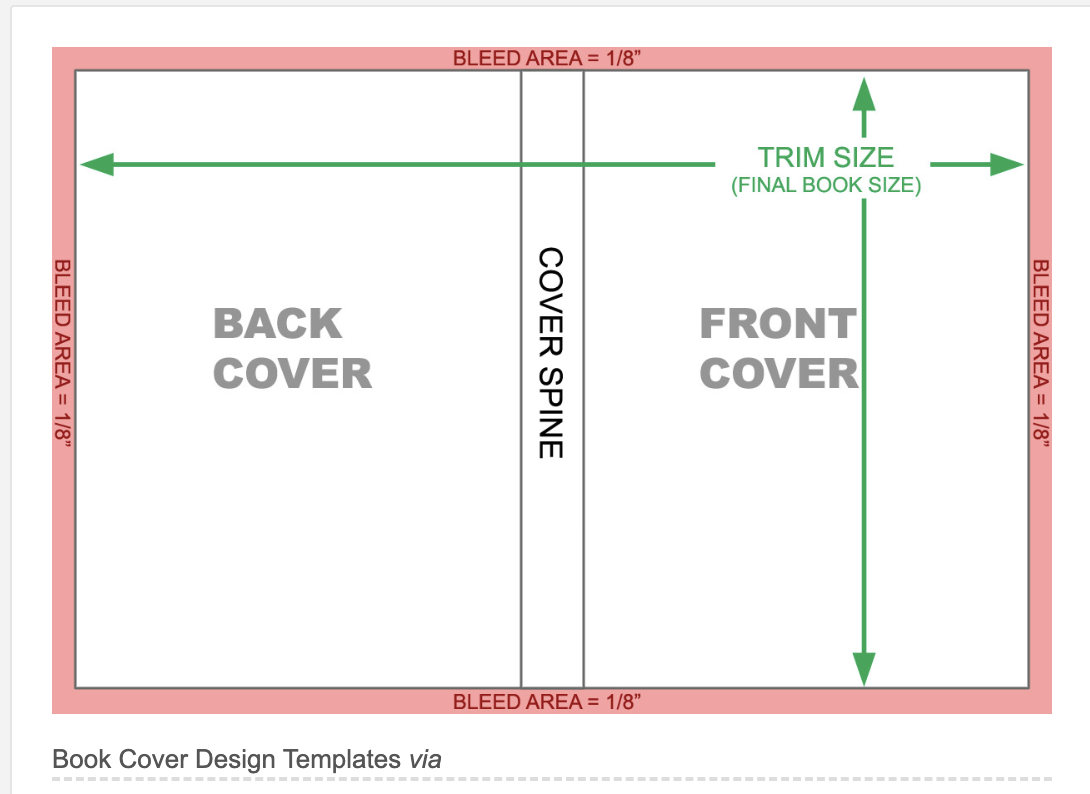
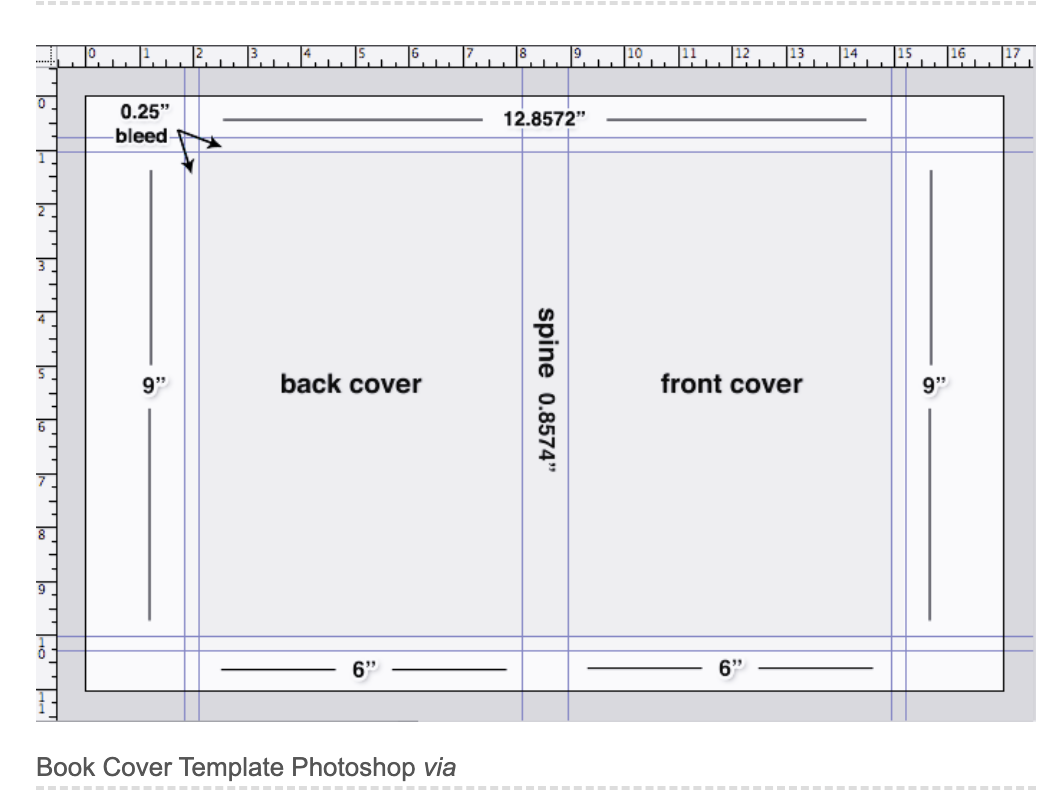
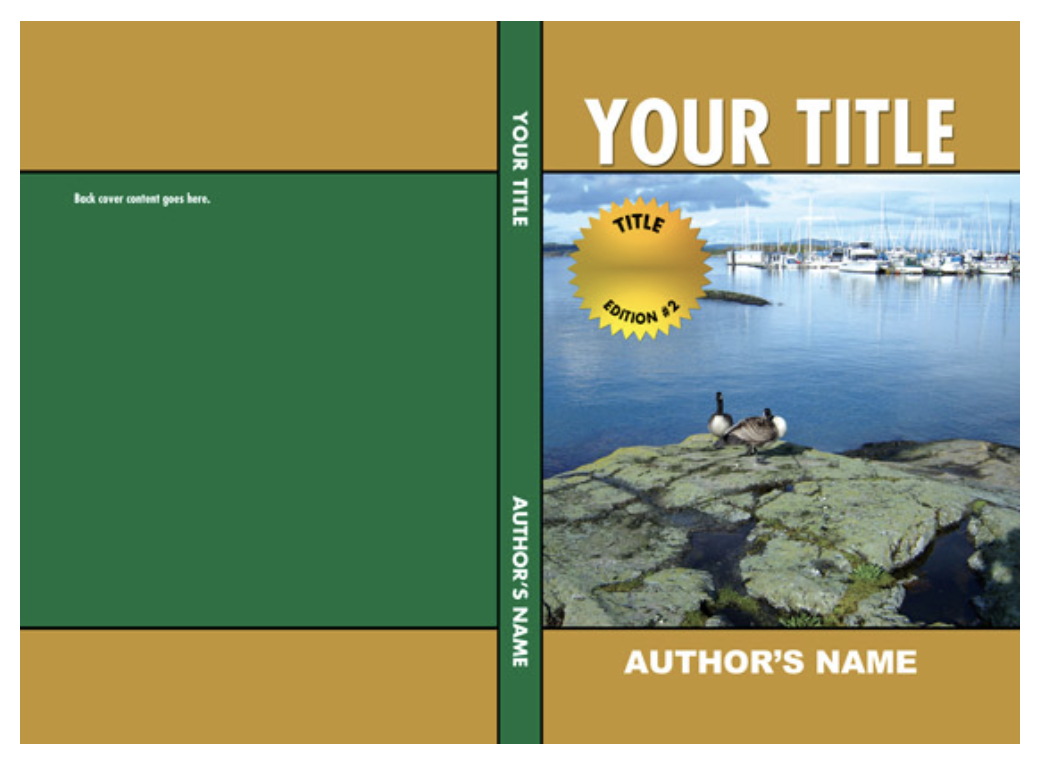
 RSS Feed
RSS Feed